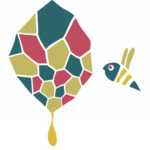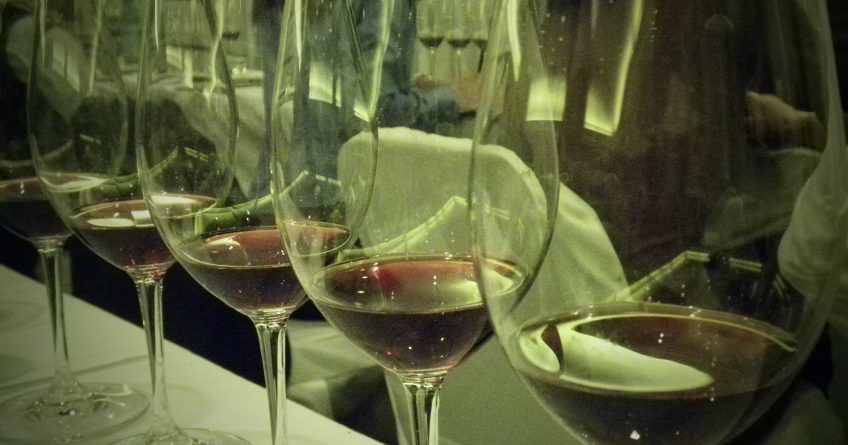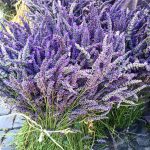Guest post & photos by Sarah May Grunwald
I am a wine lover, wine snob and wine educator, but in my line of work, I often find the hardest thing to impart to my students and clients are the wine basics. I suppose I just take wine for granted, just as many Romans take the huge amount of culture in their city for granted. Wine is like air for me. I can’t live without it, and not only because I like to drink it. I am interested in the entire culture of wine. I have had this passion since the first time I visited a winery, Wirra Wirra, in 1997 in South Australia.
Moving to Italy was an entirely different experience in terms of the world of wine. Outside of Italy, wine is seen as some otherworldly drink, something for people with money, something to be coveted, there is a lot of money involved in the world of wine and a lot of that money is used for marketing. But why? After all, isn’t wine just fermented grape juice? Yes, it is a fermented beverage, but its connection to human culture, including religion, medicine and art spans millennia. It is more than an alcoholic drink; it is a culture in its own right.
Here in Italy, one can think of wine as its own food group. It is at every table and almost every meal. Wine brings people together rather than separating them. Italy is covered in vines and there is a huge variety of wines made. This is due to the fact that Italy is extremely diverse in terms of topography and natural feature and the fact that the grape vine is a plant that mutates very easily and adjusts to a variety of conditions. So firstly, you have a landscape that spans from the Alps to near Africa in the south; a landscape with extremely diverse terrain. Then, in the scope of that landscape, there is huge amount of variety in the types of grapes use.
In Italy, wine is not for the privileged only but for all. Even if some are not fine wines, almost every Italian knows someone who makes wine, including their own grandparents with their homemade wine. In the fall, entire families participate in the harvest on a small plot of land to make the family wine. These are simple and rustic wines, but it is a story that has firm roots in the Italian culture. Even today, Italian immigrants throughout the world will make this effort. If they no longer have a small plot of land, they will buy grapes and make wine at home. Wine is ubiquitous to Italian culture.
When I lead a wine tour, I start with the basics, what is wine and how is it made. Wine is made by yeasts converting the sugars present in the grape into alcohol. Alcohol is the byproduct of this biochemical process. Red wines are red because they are fermented with the skins; the skins give wine its color. White wines are lighter in color because they are not fermented with the skins, hence you can have a white wine made from a dark skinned grape. Rosè or pink wines are made by fermented with the skins for a short amount of time, giving them their pink hue.
Once we have these basics, we can talk about the sensory experience of wine, that of sight, smell and taste. There are five tasting basics: see, sniff, swirl, sip and savor. Color can tell us a lot about a wine. For example, how young or old it is or where it might be from. When we sniff wine, we are evaluating volatile aromas that should tell us a lot more about the wine, what type of grape(s) is/are used, for example. There are hundreds of aromas in wine, but they are NOT added. I have been asked countless times during this phase of a tasting if the winemaker added the aromas to the wine, such as adding essential oil. The answer is no. The aromas we perceive are naturally occurring chemical compounds that come from the grape varietal-this means the type of grape, such as Chardonnay or Sangiovese-they can also come from the yeast fermentation. These are called esters. Esters are what give fruit their aromas. Finally we have tertiary aromas and they come from aging. What you smell in the glass should give you an indication of what you will shortly taste. For example, if you smell a red wine and it has aromas of leather or coffee, most like the wine will have tannin, or if you are smelling grapefruit in a white wine, you can expect a fresh tasting wine.
When we taste the wine, we do not actually taste flavors. What we perceive as flavors are actually aromas. 80% of taste is smell. There are actually 4-some might argue – tasting sensations and they are sweet, salty, sour and the bitter. The fifth, Umami has been described a savory, tasty or meaty. It is a Japanese word meaning good taste. It is elusive, but a sensation that cannot be described in any other way. And strangely enough, it can be applied to wine. We will first notice if a wine is dry or not. Dryness in wines should not be confused with the astringency and dry feeling in your gums from a tannic wine. A dry wine is dry due to absence of sugar. Wines can be dry, off dry, slightly sweet and sweet. The sweetness or lack of it is a result of residual sugars. We then notice the backbone of the wine, its freshness or acidity. Without the acidity, wines will feel flabby. It is the acidity in wine that makes wine food friendly and stimulates the appetite. You feel freshness on the side of your tongue. Some wines can taste salty or saline to us and bitterness is what you taste on the back of your tongue. Now there are the flavors we perceive. Remember, you do not actually taste them. 80% of taste is smell. Some wines are overtly fruity; some have a very strong minerality on the palate. This is what we call the wines finish. Those are the flavors and sensations that linger on your palate after your swallow the wine. In general, the longer the finish- the length of time you perceive these aromas and flavors- the better the wine.
Wines should be complex and well balanced. A well balanced wine is a wine that has all of the elements in harmony. One does not overpower the other. Elements such as alcohol, acidity and tannin are evaluated when we taste wine. Tannin is often the most confusing element in the wine tasting for new tasters. Tannin refers to a tactile sensation in the palate which leaves a sense of dryness, especially in the gums. It is an astringent and sometimes bitter taste that is perceived in red wines and absent in white wines. This is not to be confused with the sensation of dryness in a wine. Dryness is the absence of sugar and you feel that on your tongue.
So with the fundamentals now covered you may be wondering why people are so obsessed with wine. People, like myself, make a career out of it and devote hours of their day to the study and tasting of this beverage. Why is this drink so coveted and adored? Many former normal people have thought the same thing until they had their “A-HA” moment. This is the moment that makes you see in tunnel vision, when you drink a glass of wine or have an experience with wine and food that leaves you breathless, makes your heart beat a little faster and makes you feel like you’ve fallen in love. This could be drinking a Lagrein on top of a mountain in the dolomites, smelling an aroma that brings you back to your childhood, sharing wine with a friend in a medieval town in Umbria while feasting on truffles. For many it is tactile and others it is cultural. If you feel intimidated because someone perceives balsamic aromas with hints of rosemary in the glass of wine, don’t fret. People actually train their nose to perceive. It takes most people a long time to develop a “vocabulary.” There are very few people in the world who are natural super tasters.
In my travelling experiences, the best way to get to know a culture is to eat and drink with people in the culture. If you are in Tuscany drink Tuscan wines like Chianti Classico, but to understand the complexity of the Italian world of wine you need to step out of the Pinot Grigio-Chianti comfort zone. There is more to Italian wine than Tuscany! Just in the region of Lazio-the region Rome is in-there are wonderful wines to be had at great prices that evoke warm summer days by the sea, tasting local delicacies in Rome. You can buy a lovely Frascati Superiore for about €6 to €10. I highly suggest tasting wines from Umbria, Friuli-Venezia-Giulia, Trentino-Alto Adige and Basilicata as well.
While you are in Rome, you can sample many wines from a variety of regions when you visit the local enoteca-wine bar. Many of them have wonderful list of wines by the glass that will allow you sample wines from all over Italy. Join a wine tasting, vineyard tour or join a market walk. Get to know the real Italy or real Rome by tasting it. Food and wine producers and experts are more than happy to share their knowledge with you, you just have to ask.
Cin Cin!!





